#laura johnsen
Explore tagged Tumblr posts
Text

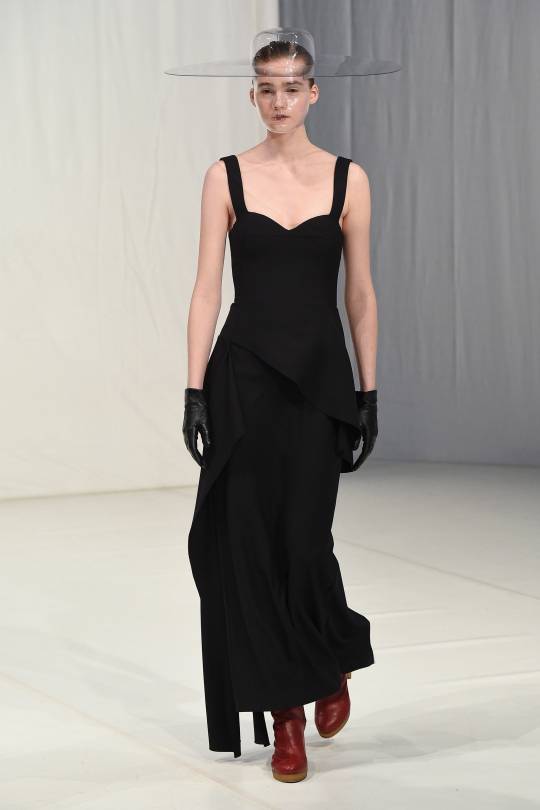
Hussein Chalayan Autumn/Winter 2018
2 notes
·
View notes
Photo
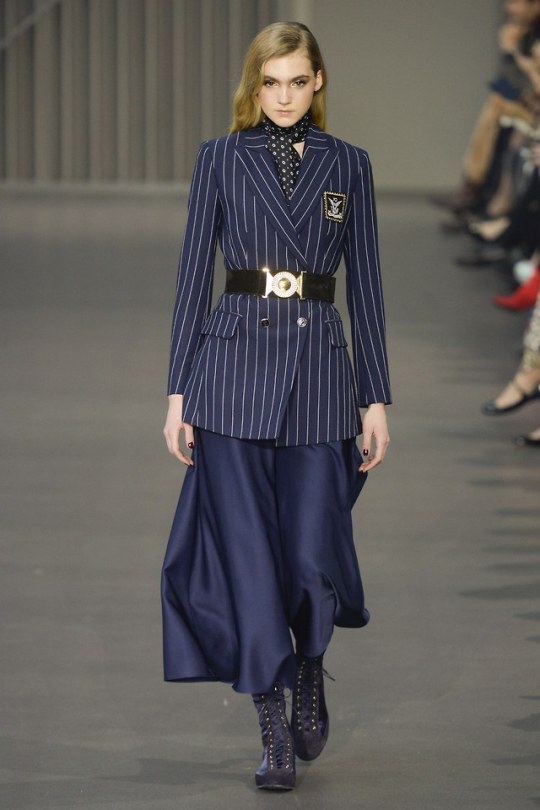
Laura Johnsen at Temperley London, Fall 2018
5 notes
·
View notes
Photo

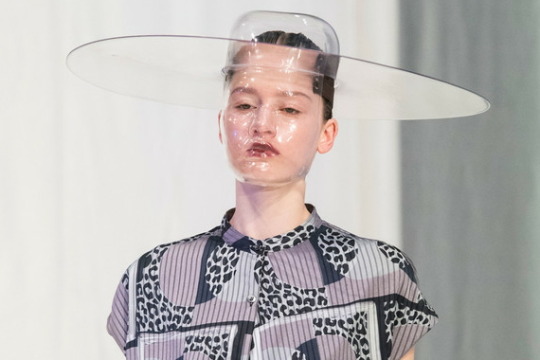
Chalayan F/W 2018 RTW
52 notes
·
View notes
Photo

#Daphne Iliaki#Δάφνη Ηλιάκη#id concept stores#nikos papadopoulos#laura johnsen#greece#fashion#sophia kokosalaki#ellery#e l l e r y#jacket#window#white#fashion editorial#campaign#fall winter 2017-18
12 notes
·
View notes
Text
Temperley London Otoño Invierno 2018 en la London Fashion Week
Temperley London Otoño Invierno 2018 en la London Fashion Week

Alice Temperley ha creado un nuevo lema feminista para su colección. Y es que no solo iba a ser Maria Grazia en Dior la que marcara el rumbo, ¿verdad? She Who Dares Wins es el lema empleado por la diseñadora y podemos verlo en un montón de prendas de su colección. Tenemos prendas tipo militar, otras brillantes para la noche y estamapados geométricos mezclados con topos. Sin duda es una colección…
View On WordPress
#alice temperley#anastasia chekry#charlee fraser#daniela kocianova#desfile#fall#grace bol#gwen pique#hannah shakepere#imade ogbewi#julia belyakova#kateryna zub#laura johnsen#leila zandonai#liang xiangqing#ling ling chen#london fashion week#moda#ola dutka#romy schonberger#shanelle nyasiase#soso korell#temperley london#thairine garcia#vanessa ouma#winter#xiao yun liang
0 notes
Photo
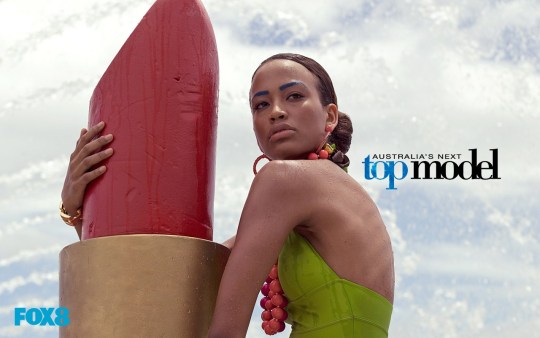
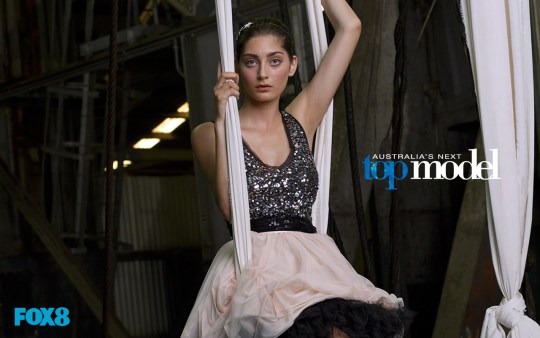





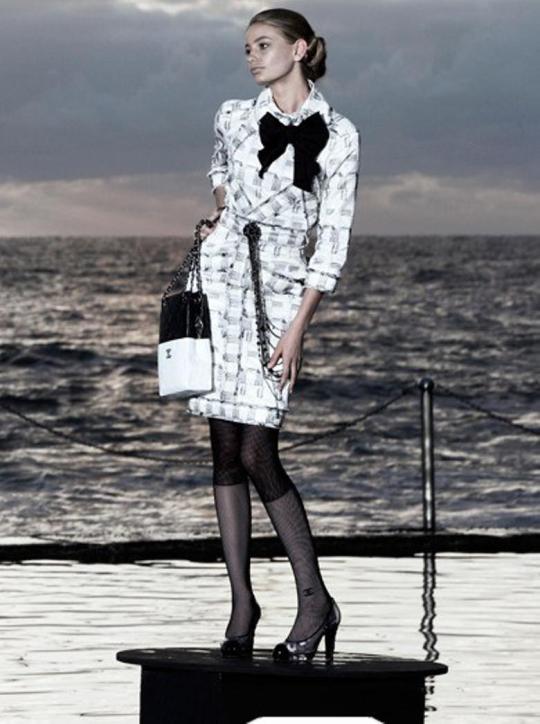

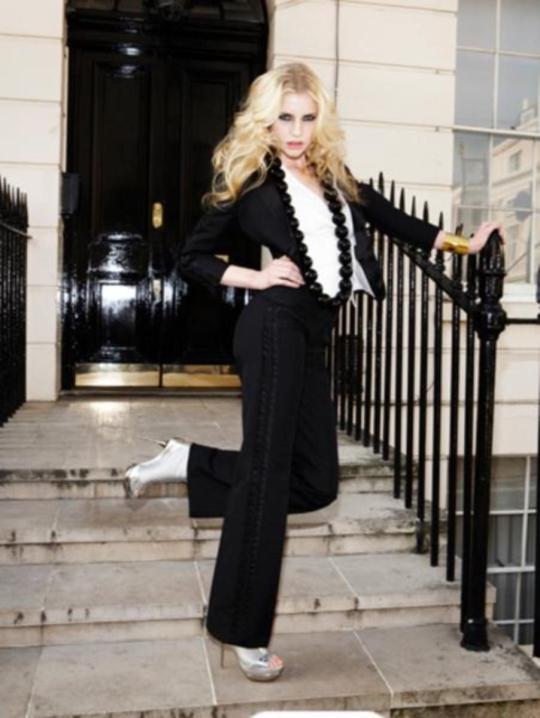
Dishonourable Mentions
Franky’s Couture Swimwear Shot
Leah’s Cosmopolitan Shot
Lola’s Cosmopolitan Shot
Madison’s Natural Beauty Shot
Lola’s Natural Beauty Shot
Lola’s Kotex Shot
Adele’s Kotex Shot
Laura M’s Chanel Shot
Cassi’s Chanel Shot
Clare’s London Sight-Seeing Shot
#ausntm#auscycle5#auscycle5bottom10#franky okpara#leah johnsen#lola van vorst#madison wall#adele thiel#laura mitchell#cassi van den dungen#clare venema
0 notes
Video
youtube
Exit Celine with Anna Dello Russo, Vika Gazinskaya, Giovanna Battaglia, Susie Lau, Runa Neuwirth, Mckenna Hellam, Binx Walton, Mica Argañaraz, Karly Loyce, Lili Sumner, Cara Taylor, Anniek Verfaille, Ansley Gulielmi, Charlee Fraser, Eliza Kallmann, Laura Johnsen, Lorelle Rayner, Tessa Bruinsma, Zoos Cychol, Leila Goldkuhl with charlee and cara.
0 notes
Photo
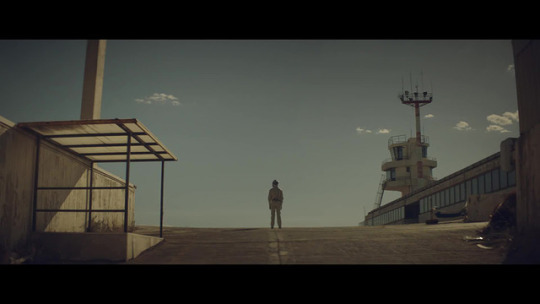
#PROGRAMME #ripb2019 TODAY Wednesday 6 March SCREENINGS from 2pm at CARREAU DU TEMPLE, free entry Detailed programme on http://www.art-action.org/site/en/prog/index.php ► 2PM POST-WORLD. In the presence of Timo Wright, Birgit Johnsen, Hanne Nielsen ► 4PM LANGUAGE MACHINE. In the presence of Bjørn Erik Haugen, Guillaume Aubry, Charlie Tweed, Giorgi Orbi. ► 6PM PERIPHERAL EXHIBITION. In the presence of Tommaso Donati, Ouazzani Carrier ► 8PM COMMUNITIES. In the presence of Nicolas Tubery, Tinne Zenner, Laura Henno
0 notes
Text
David Esterly, 75, Master Carver Steeped in History and Nature, Dies
David Esterly was in London in 1974, walking with his girlfriend to meet her parents for the first time, when she steered him into St. James’s Church, Piccadilly, to see the intricate woodcarvings by Grinling Gibbons, widely considered one of the greatest woodcarvers in history.
Mr. Esterly, an American who had studied at Cambridge University in England and was trying to figure out what to do with his life, had never heard of Gibbons and knew nothing of woodcarving.
But inside the church he was mesmerized by what he saw — a cascading cornucopia of delicate, lifelike blossoms, foliage and fruit above the altar, all sculpted in wood by Gibbons in the late 1600s.
“I was seduced by the power of the carving and its capacity to convey the beauty of nature,” Mr. Esterly told The New York Times in 1998. “It seemed to me beyond belief that a human hand had fashioned those seashell swags, drooping bellflower chains, birds with laurel twigs in their beaks and dense whorls of acanthus. My fate was sealed.”
He decided to learn more about Gibbons, and to do so, he realized, required taking chisels into his own hands. He taught himself woodcarving, becoming so skillful that when some of Gibbons’s 300-year-old carvings were destroyed by fire, Mr. Esterly was summoned to recreate them. He became not only an expert on Gibbons, but also the maker of sought-after sculptures of his own.
“There was nobody else in the world who was doing what David was doing at that level,” Laura Bennett, director of W.M. Brady and Co., the Manhattan art gallery that represented him, said in a phone interview.
Mr. Esterly died on June 15 at his home in Barneveld, N.Y., a rural hamlet near Utica. He was 75. His wife, Marietta von Bernuth, the erstwhile girlfriend who had introduced him to Gibbons, said the cause was amyotrophic lateral sclerosis, commonly known as Lou Gehrig’s disease.
Mr. Esterly’s life was shaped by his obsession with Gibbons, master carver to the crown, who was commissioned to work in Windsor Castle, Kensington Palace and St. Paul’s Cathedral, among other landmarks.
After Ms. von Bernuth introduced Mr. Esterly to Gibbons’s work, she became a cook at a country estate near Eastbourne, on the south coast of England, where a cottage came with the job. Mr. Esterly spent eight years there teaching himself woodcarving before he and Ms. von Bernuth moved to upstate New York. He then began creating commissioned pieces for collectors.
For Mr. Esterly, carving was as much an intellectual exercise as a physical one.
“The wood is teaching you about itself, configuring your mind and muscles to the tasks required of them,” he wrote in his book “The Lost Carving: A Journey to the Heart of Making” (2012). “To carve is to be shaped by the wood even as you’re shaping it.”
The Times Literary Supplement called the book a meditation on “imitation and illusion, technique and genius, and on the strange physical and mental immersion that enables the transmission of vision from brain to hand, tool to wood.”
Mr. Esterly also wrote “Grinling Gibbons and the Art of Carving,” published in 1998, the same year he curated a Gibbons exhibition at the Victoria and Albert Museum in London.
Carving started for him, as it did for Gibbons, with lime wood, known in America as linden wood, which is pale, pliable and almost grain free, so much so that it resembles smooth marble. The tools were chisels and gouges with a variety of blades; Mr. Esterly had 130 such implements on hand at his workbench.
He worked slowly, creating only about 50 pieces in his lifetime. But as his literary agent, Robin Straus, said by email, he was “equally fluent with words and wood”; besides books, he wrote numerous articles and reviews about art and carving.
The subjects of his carvings varied. One might be Gibbons-like but with a twist — a spray of delicate roses, but with insect holes in the leaves, or a broken stem; another might be a head covered in elaborately carved vegetation.
A female botanical head (2002), for a private client, inspired by the 16th-century Italian artist Arcimboldo.CreditPamela Underhill Karaz
In most cases Mr. Esterly carved to the specifications of a patron. For a buyer who revered Thomas Jefferson, he carved a necklace like one sent back by Lewis and Clark, whom Jefferson had sent to explore the Northwest Territory. In others he whimsically updated traditional themes by inserting, say, a carved iPhone or a set of car keys.
After a fire in 1986 at Hampton Court, Henry VIII’s palace, Mr. Esterly spent a year creating a replica of a seven-foot-long Gibbons carving that had been destroyed.
“It’s not a matter of keeping alive a tradition, or even reviving it,” Mr. Esterly told The Times in 1989 as he prepared to go to Hampton Court. “The tradition is dead as a doornail. Nevertheless, I have marinated myself in Gibbons. He has the strength of line and assuredness that, to another carver, are awe-inspiring.”
James David Esterly Jr. was born on May 10, 1944, in Akron, Ohio, where his father was an executive with the Firestone Tire and Rubber Company. His mother, Carolyn (Neal) Esterly, was a homemaker.
The family moved to Orange County, Calif., when David was 11. He went on to study English literature at Harvard, graduating in 1966. He was a Fulbright scholar at Cambridge, where he specialized in Yeats and the ancient philosopher Plotinus and earned his doctorate in 1972.
At that point he was at loose ends. All signs pointed to a career in academia, but he wasn’t enthused by the prospect.
“He always had a dream of living in the country and working with his hands,” Ms. von Bernuth said in a phone interview. “Then he fell in love with Gibbons.”
Mr. Esterly married Ms. von Bernuth in 1980. In addition to her, he is survived by their daughter, Flora Esterly; his sister, Jane Carney Johnsen; and his brother, Neal.
Lou Gehrig’s disease, diagnosed in 2018, limited Mr. Esterly’s ability to carve. He told “CBS Morning News,” in a segment that aired this month, that he found it meaningful that he had lived his life “by the connection between brain and hand.”
“And now,” he added, “I’m ending it by precisely that connection being snatched away from me.”
But he said that no one should feel sorry for him. “I’m pretty old,” he said. “I’ve led a very interesting life. And you’ve got to die of something.”
Sahred From Source link Arts
from WordPress http://bit.ly/2WTFyCh via IFTTT
0 notes
Photo

#Daphne Iliaki#Nikos Papadopoulos#laura johnsen#id concept stores#courreges#dollly boucoyannis#future glory co.#athina karakitsou#fall winter 2017-18#campaign#turtleneck#stone ring#70s fashion
9 notes
·
View notes
Photo


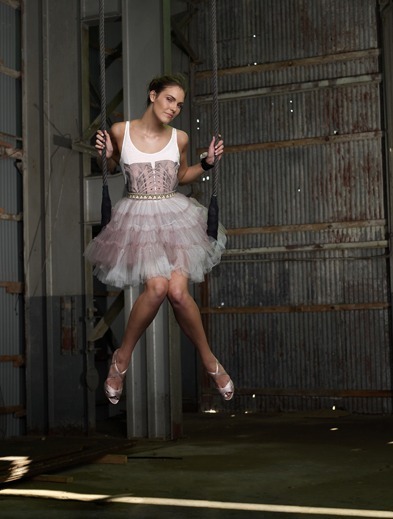



#ausntm#auscycle5#laura mitchell#leah johnsen#lola van vorst#madison wall#mikarla hussey#tahnee atkinson#auscycle5week2
1 note
·
View note
Text
What would happen if the moon suddenly disappeared?
New Post has been published on https://nexcraft.co/what-would-happen-if-the-moon-suddenly-disappeared/
What would happen if the moon suddenly disappeared?


The moon is more than just a pretty face to gaze upon at night. It helps direct our ocean currents and tides, the movement of Earth’s atmosphere and climate, and even the tilt of our planet’s axis.
So what would happen to Earth, and us, if it promptly disappeared without notice? Would we survive it? Sadly, probably not.
Right away, we would notice that “nighttime” would be significantly darker. The moon’s surface reflects the sun’s light, brightening our night sky. Without that indirect glow, any areas that don’t have access to artificial light, like country roads or wooded campsites, would become far riskier to travel through at night.
The moon’s sudden absence would also confuse animals. In a 2013 review in the Journal of Animal Ecology, researchers found animals that use vision as their primary mode of interacting with the world benefit (survival-wise) from the moon’s presence. That’s no big surprise, but it does have interesting implications for the question at hand. Many predators, like owls and lions, rely on the cover of darkness with just a bit of moonlight to hunt effectively. With no moon, they would have trouble finding food. Rodents, on the other hand, tend to hide more when the moonlight is strong. It’s easier for their predators to detect them. With no moon, they would thrive. “I think you’d see some shifts in which species are common and which species are rare in a system,” says the study’s lead author Laura Prugh, a wildlife ecologist at the University of Washington.
The next immediate difference would be the tides. Because the moon is so close to us, the pull of its gravity impacts our planet. It’s not as strong as the gravity that the Earth exerts upon the moon to hold it in orbit, but it’s enough to pull our oceans back and forth, a force we call “the tides.” Without the moon, tides would rise and fall at a much slower rate, about one third of their current fluctuation, says Matt Siegler, a research scientist at the NASA Jet Propulsion Laboratory, who works on the Lunar Reconnaissance Orbiter. The tides wouldn’t completely stop moving as the sun also has some gravitational pull on the oceans, too, but not nearly as much as the moon.
A two-thirds reduction in tides would drastically alter coastal ecosystems, potentially destroying many of them and disrupting the flow of energy, water, minerals, and other resources. Entire ecosystems exist in the ocean areas between high and low tides. In these spaces, many species of crabs, snails, barnacles, mussels, sea stars, kelp, and algae rely on the daily coming and going of the tide for survival. These ecosystems in turn feed migrating and local birds as well as land mammals like bears, raccoons, and deer.
Tidal movements also help drive ocean currents, which in turn direct global weather patterns, as the currents distribute warm water and precipitation across the globe. Without them, regional temperatures would be much more extreme; as would major weather events, says Jack Burns, who heads the Network for Exploration and Space Science at the University of Colorado, Boulder. And it’s not just ocean tides, he says. The moon’s gravitational pull similarly moves molecules in the atmosphere.
Because of this climate-stabilizing force, large moons are one of the main things researchers look for when identifying planets that could host life, Burns says. “A planet outside of our solar system needs to have a pretty good-sized moon in order for the weather systems to be calm enough to produce civilization like ours,” Burns says. Without this celestial body, he says, researchers have argued that life as we know if might not exist at all.
A missing moon could cause even more disruptive changes, although on a much longer time scale. Without the moon’s gravity holding the Earth in place, the tilt of our home planet’s axis would probably shift drastically over time. Earth could go from no tilt with virtually no seasons, to a drastic tilt with extreme seasonal weather changes and ice ages in just a few hundred thousand years, Siegler adds. He points to Mars as an example, with its extreme climate variations as the tilt of its axis changes dramatically. It has no large, stabilizing moon to stop it.
On a more human level, without the moon, we would lose a source of inspiration and scientific information. “We’re pretty lucky to have had the moon there as an easy destination to go for,” Siegler says. “It motivates us.” He pointed out how much the moon has taught us—things about the origins of our own planet, how other planets form, and how the dinosaurs went extinct. “There’d be a lot of information we’d just miss out on,” he says.
Thankfully, there’s no evidence that the moon is going to self destruct or collide with another orbitor anytime soon.
Have a science question you want answered? Email us at [email protected], tweet at us with #AskPopSci, or tell us on Facebook. And we’ll look into it.
Written By Morgan McFall-Johnsen
0 notes
Text
10 reasons set out above voters are turning to Bernie Sanders
When we asked our readers who they wanted to see as Democratic candidate, we were spate with reactions most of them in favour of Bernie Sanders
While its still early days in the primary season, Bernie Sanders victory over Hillary Clinton in New Hampshire has raised hopes among his supporters that the veteran Democratic socialist could be the partys presidential candidate arrived November.
Last week, in the wake of the Iowa caucuses, we asked our readers in the US to tell us who their favor Democratic candidate would be. We received a staggering number of reactions: over 12,000, in merely a few days. The overwhelming majority told us they were backing Sanders.
Unsurprising, perhaps. Dedicate our readership, it was expected that Sanders would get a strong showing in such a call-out. But the sheer strength of impression and heartfelt reactions reminded us of when we asked our readers about another unlikely candidate: the British Labour partys Jeremy Corbyn.
Readers flocking to Sanders burgeoning campaign rallies found their way to our own inboxes. Reading through the thousands of reactions, which came from all States and from people of varied backgrounds and ages, certain phrases and debates repeated themselves many times. Hes the last chance to change our country. We require a revolution, and hes the only one that offers something different. He is authentic, has integrity and isnt owned by Wall street.
Here are 10 reasons our readers dedicated for supporting Sanders over Clinton.
1) Hes seen as a challenge to the status quo…
What went through loud and clear was the ferocity at mainstream American politics, echoing the populist is supportive of( the really rather different) Donald Trump on the Republican side. Sanders appeals to those who feel the entire democratic system has broken down.
Sanders is representing my interests. For decades American politics have been a sham, elections bought and paid for by special interests and corporations. They have wrecked the environment, caused the biggest financial crisis in history and are employing their deep pockets and for profit agendas to marginalize peoples requires even further.
Shaz Plunkett, Los Angeles CA Steve Guion, Fairfax, Virginia Danielle Banz, Monroe, Washington Bernie Sanders Celebrates Victory in New Hampshire. Photo: Zach D Roberts/ NurPhoto/ Corbis Walker Bragman, East Hampton, New York Jannike Johnsen, Washington state Tenaya Wallace, Los Angeles, California Sidney Bennett, Nashville Tennessee A Bernie Sanders supporter arrives with campaign posters outside the town hall as local residents vote for the first US presidential primary in Canterbury, New Hampshire. Photo: Jewel Samad/ AFP/ Getty Images Laura Veralli, New York Jill Kapson, Chicago, Illinois
The post 10 reasons set out above voters are turning to Bernie Sanders appeared first on Top Rated Solar Panels.
from Top Rated Solar Panels http://ift.tt/2qjEQOv via IFTTT
0 notes